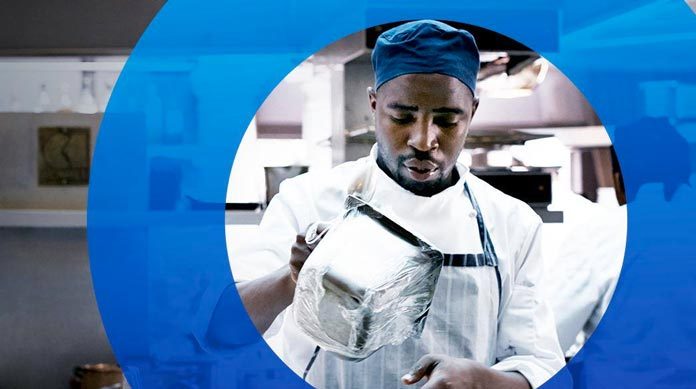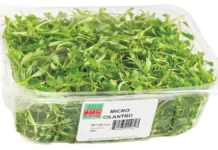
It’s estimated that for every dollar spent in workers’ compensation claims, an employer will pay out four to 10 times that in indirect costs such as lost productivity, loss of wages and potential legal fees. For example, in the event of a minor workplace injury such as a strain or laceration, the direct cost reflected in the medical expense could be $500. The total cost of this injury, though, may actually exceed $5,500 when considering the additional indirect costs involved. Now, imagine a workers’ compensation claim where the employee suffers a much more serious injury?

In addition, for restaurateurs that have high deductible insurance programs, the direct costs of workers’ compensation claims are reflected immediately when paying for the loss. For large losses that surpass the deductible, the claim history will drive up pricing for the insurance policy at renewal, similar to how a guaranteed cost program works. Even in a guaranteed cost program (where the insurance company pays first dollar); a poor loss history will cause premiums to increase substantially and result in potentially being dropped by the insurance carrier.
Some of the most expensive workers’ compensation claims occur from a number of factors that can easily be mitigated and prevented. Most accidents are caused by an unsafe act, an unsafe condition or a combination of the two. For example, a server could fall on a slippery kitchen floor—an accident caused by the unsafe act of not placing a “wet floor” sign by the wet surface or simply tripping on a rug or chair. In either instance, the accident could have been prevented by following proper safety precautions.
Because all restaurants have potential for hazardous situations, it’s important to understand what causes accidents so that you can avoid them whenever possible. While it is impossible to list all of the hazards one may encounter in a restaurant, common ones may include:
- Injuries due to food or spills that are not cleaned up;
- Burns from steam or cooking equipment;
- Injuries due to misuse of equipment;
- Damaged or broken equipment, such as dishwashing equipment or deep fryers;
- Any number of possible accidents caused by patron behavior, such as spilling ice from a soda machine, or not pushing a chair in.
It is highly recommended that restaurant owners leverage an experienced insurance and risk management professional to help them get started with a formal safety program.
- Using Occupational Safety and Health Administration (OSHA) standards as a starting point, determine which company-specific safety requirements should be included in your formal safety program.
- Define “safety” and what that means for your organization. Incorporate details as specific as how machines should be shut down, where employees should stand when operating each piece of equipment, identifying when personal fall arrest systems should be used and documenting the company’s return to work program.
- Make sure program requirements meet the current scope of your business operations and are updated regularly as compliance standards change. Instructions for employees must be simple and easy to understand.
Without proper enforcement, however, there is no guarantee that a safety program will be effective. Even the best safety programs require proper on-site management training and involvement in order to be successful.
By investing in hiring and training experienced on-site managers, businesses can actually save a significant amount of money in the long run by having someone responsible for implementing, enforcing and reinforcing formal risk safety procedures daily. He or she will need the tools and support to provide the staff with pre-injury education, clear expectations, proactive communications and procedures to follow if/when an injury occurs.
While accident prevention means watching for unsafe situations and attempting to correct them, the most important mechanism of accountability is for management to identify and reward employees for following safe work practices, not just heavy disciplinary action for those who don’t. Studies show that today’s generation responds more positively to behavioral-based safety programs where management provides coaching instead of writing citations. Companies can then track the number of coaching sessions against their injury or accident rate, which helps create reward or incentive programs.
The primary goal of today’s employers is to create a safe environment for their employees. Add to that the financial drawbacks caused by workplace injuries and you’ve got a serious case for creating the most thorough safety program possible with trained on-site management involved for accountability. Contact your insurance broker to help you tailor a safety program, along with the on-site management training and enforcement measures to meet the specific needs of your restaurant, today.























